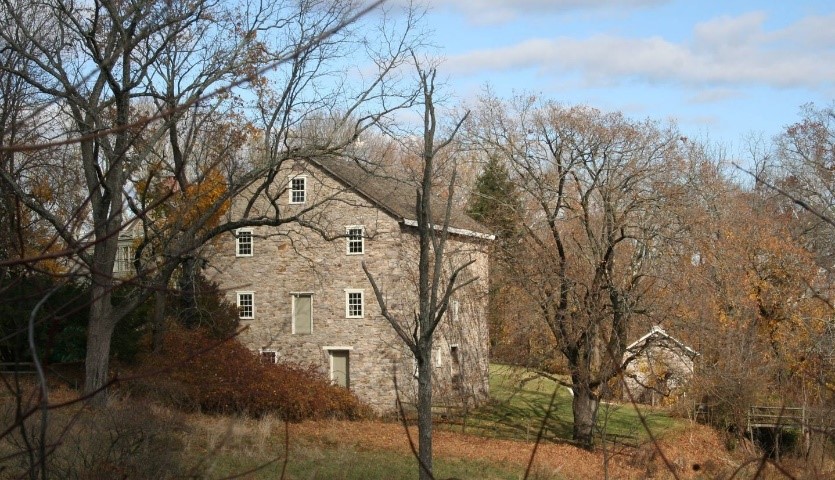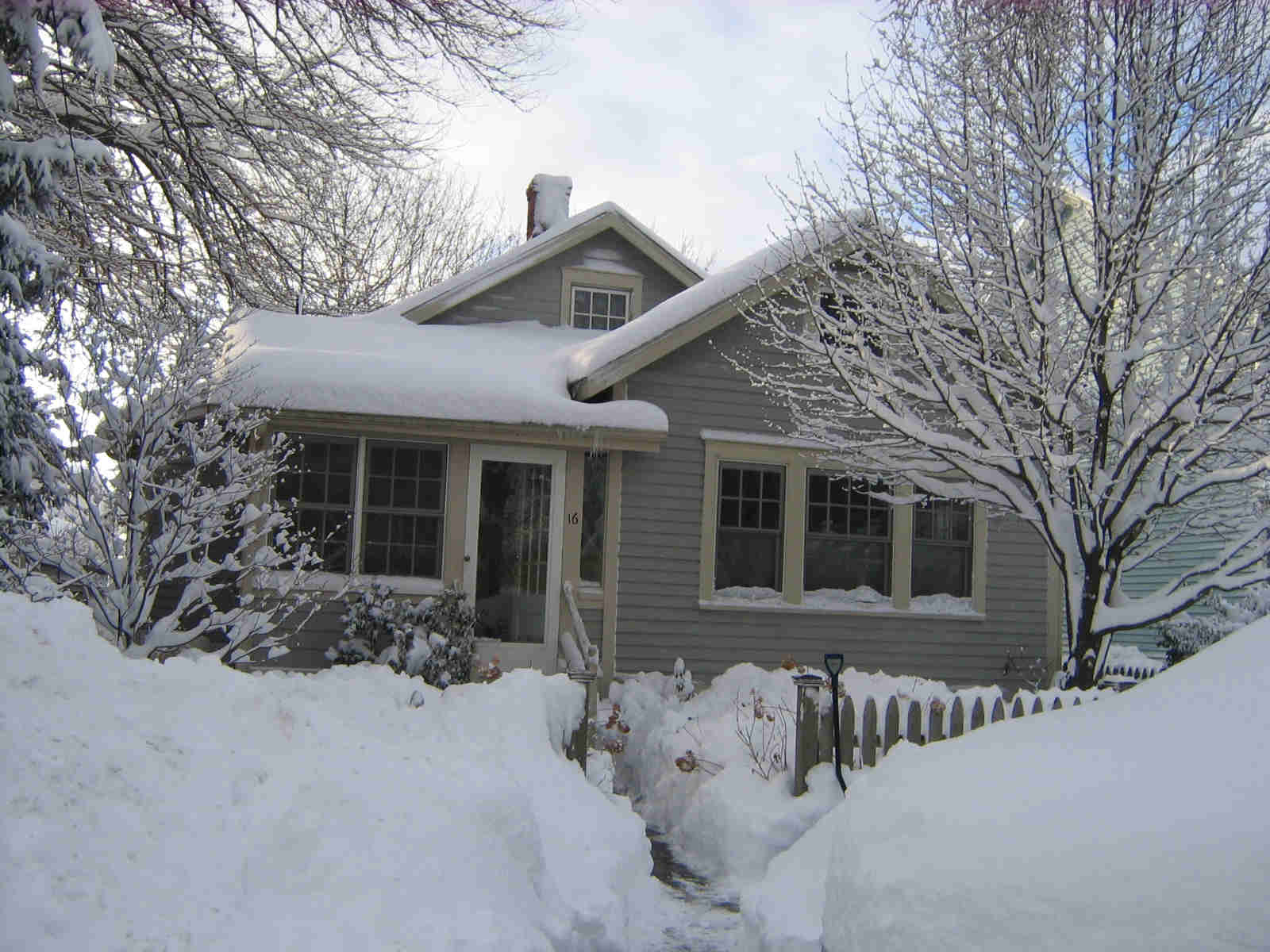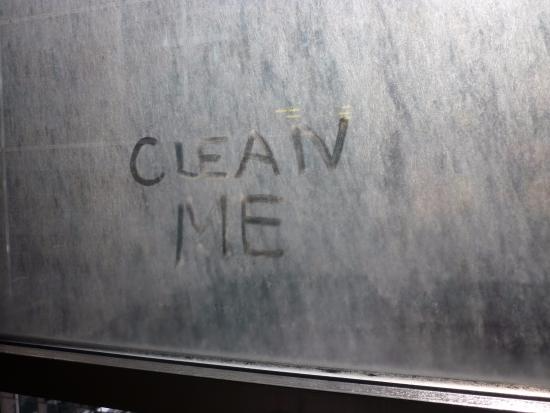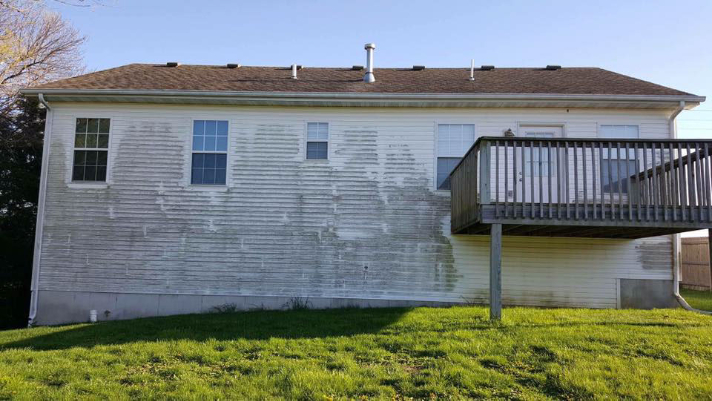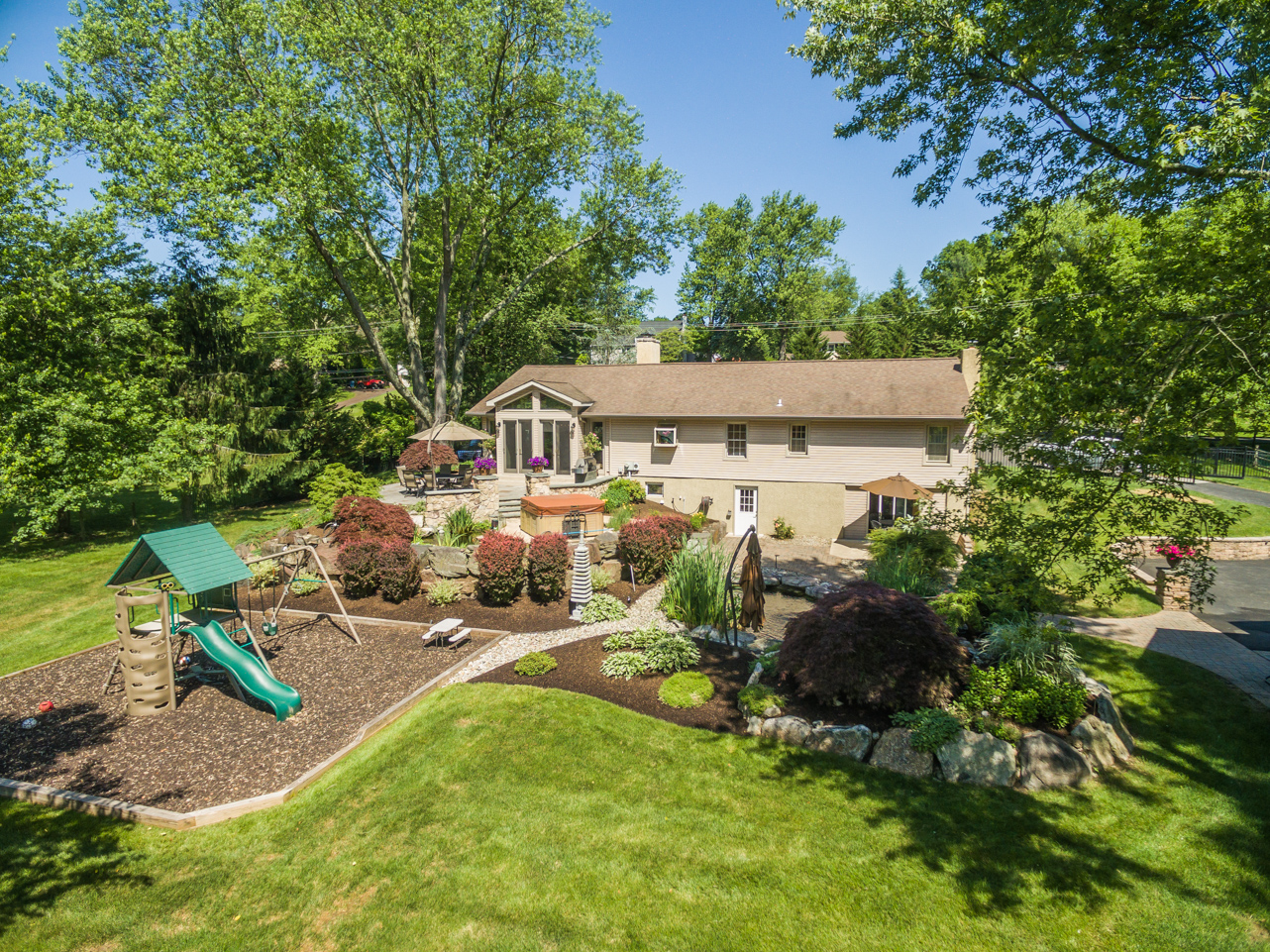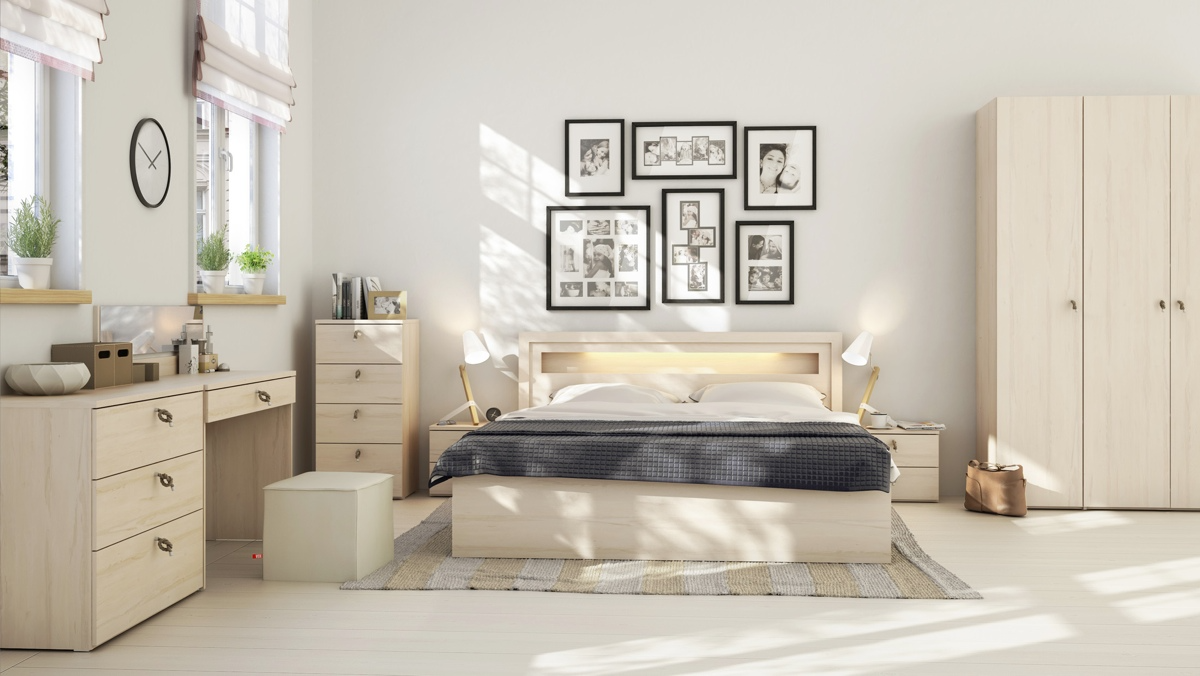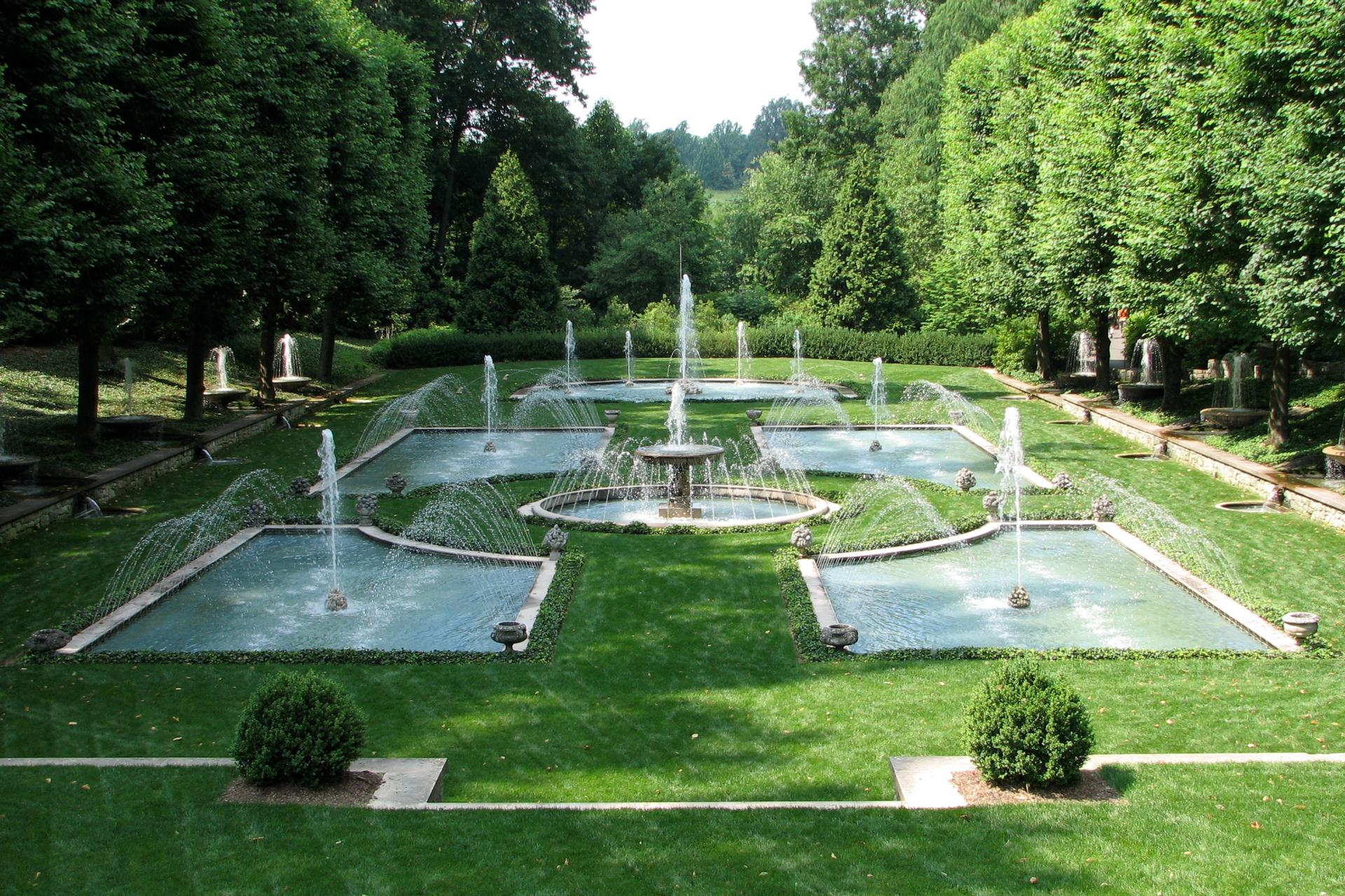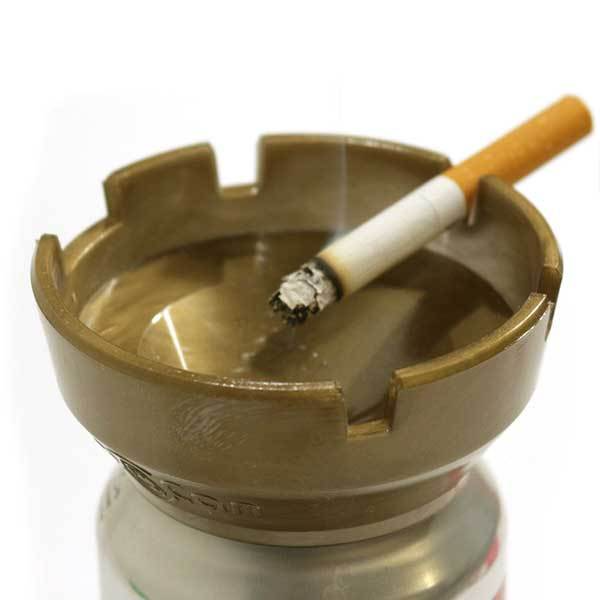Mold vs. Mildew
Many people are confused about the difference between mold and mildew, or even if there is any difference at all. While these terms are often used interchangeably, there are a few subtle differences that can impact how mold or mildew is identified and treated.
Both mold and mildew are types of fungus that thrive in moist, humid conditions where a light source is either poor or non-existent. Both grow when spores, or seeds, find their way into suitable environments for colonies to grow. Both need porous, organic material to grow on (ie. wood, fabric, paper, clothing, drywall, insulation, carpet, padding, upholstery, foods, etc.) but usually cannot grow on synthetic materials (ie. plastic, most metal-based products).
Differences
Mold is a fungus that grows from microscopic spores floating in the air. All kinds of mold are found everywhere in nature and are quite important to the ecosystem — they help with the decomposition of organic materials like dead trees and fallen leaves.
Mold is usually black, yellow, or green in color and extremely fuzzy or slimy in texture. Mold grows by extending long filaments that can appear fuzzy to the human eye. Mold can be many different colors — black, white, gray, blue, green, brown, or yellow. When mold is present on a surface, it usually appears in irregular spots. Severe mold growth will look moss or plant-like and can begin to eat away at the cellular integrity of its host.
Mildew is usually a white or gray substance that is powdery or fuzzy in texture. It is a kind of mold that tends to grow on flat, moist surfaces. This tendency to grow on flat surfaces is one of the main differences that can exist between mold and mildew.
Most often, you can find mildew on window sills and shower walls, to name a couple of places—wherever moisture levels are high. It needs the same elements mold needs to grow—warmth, darkness, oxygen, and moisture. When these conditions are present, mildew can readily grow on a surface.
Preventing Mold and Mildew Growth
- · Keep all surfaces dry—Your bathroom and kitchen are prone to damp surfaces. Keeping them dry will go a long way in preventing mold and mildew. Also, remember to leave your washing machine open between uses so it can air out.
- · Use a dehumidifier—To prevent mold and mildew from growing, keep your home at an ideal humidity level (between 40-50%).
- · Change your air filters regularly—HVAC filters, as well as HEPA filters, are prone to growing mold and mildew. When you change them often, you are preventing this.
- · Keep the air in your home circulating—Stagnant air traps humidity, which creates the perfect environment for mold and mildew to grow. Keep the air flowing in your home by opening windows and using fans.
What To Do When Mildew and Mold are Found?
When in doubt call an expert. Since mold and mildew can spread their spores when being contacted, property owners should consider hiring professional contractors to handle the remediation process.
Categories


